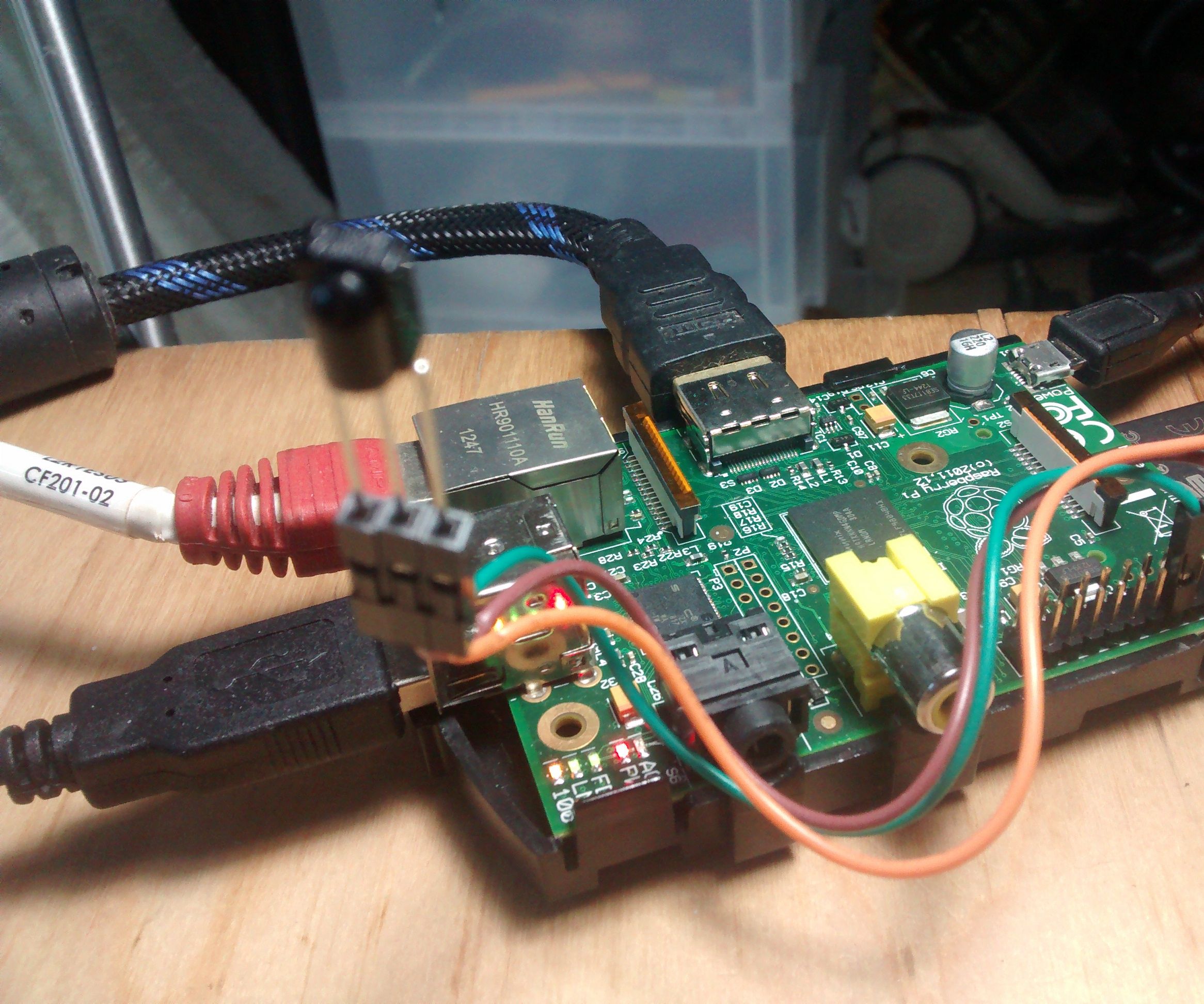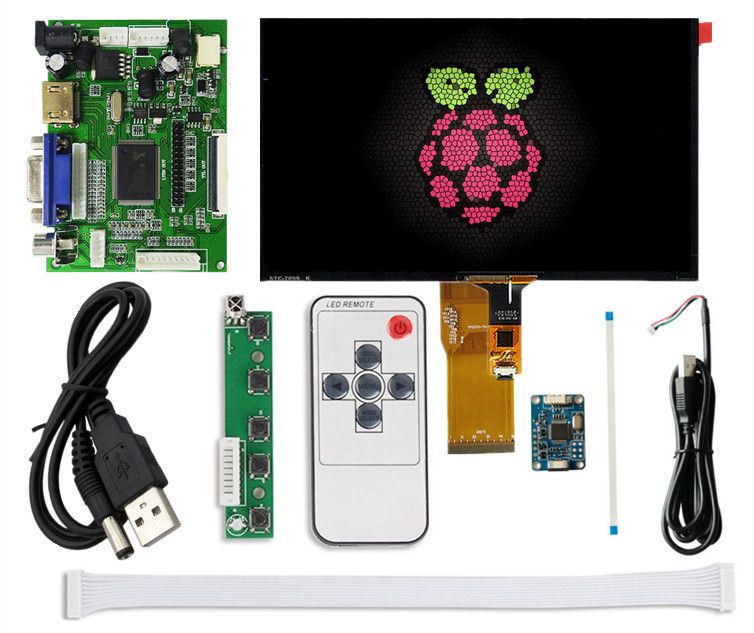Level Up Your Tech Game: The Ultimate Guide To Raspberry Pi System Monitor Remote Software
Listen up, tech enthusiasts! If you're diving into the world of Raspberry Pi, you're probably aware that monitoring your system's performance is crucial. But what if I told you there's a way to keep an eye on your Raspberry Pi remotely? That's right—Raspberry Pi system monitor remote software can be your best friend when it comes to managing your projects from afar. Whether you're a hobbyist or a pro, this guide will walk you through everything you need to know.
Nowadays, tech-savvy folks are all about efficiency and convenience. With remote monitoring, you don't have to be physically present to check your Pi's status. You can troubleshoot, manage resources, and even automate tasks—all from the comfort of your couch or halfway across the globe. This kind of setup is a game-changer for those who want to stay in control without breaking a sweat.
But hold up, not all remote monitoring software is created equal. You need something reliable, easy to use, and compatible with your Raspberry Pi setup. In this article, we'll explore the best options out there, share some tips and tricks, and help you find the perfect fit for your needs. So, buckle up and let's dive into the world of Raspberry Pi system monitoring!
Read also:Ullu Movierulz 2025 Telugu Download Your Ultimate Guide To Streaming Bliss
Table of Contents:
- Introduction to Raspberry Pi System Monitoring
- Benefits of Using Remote Monitoring Software
- Top Raspberry Pi System Monitor Remote Software
- How to Install and Set Up Remote Monitoring
- Securing Your Raspberry Pi with Remote Monitoring
- Common Issues and How to Fix Them
- Optimizing Your Raspberry Pi Performance
- Automating Tasks with Remote Monitoring
- Comparing Popular Remote Monitoring Tools
- Wrapping It Up
Introduction to Raspberry Pi System Monitoring
So, what exactly is Raspberry Pi system monitoring? Think of it as a digital assistant that keeps an eye on your Pi's vital stats. It tracks things like CPU usage, memory consumption, disk space, and network activity. Without proper monitoring, your Pi might overheat, run out of storage, or crash unexpectedly. And let's face it, no one has time for that kind of chaos.
Remote monitoring takes it a step further by allowing you to access these stats from anywhere. Imagine being able to check your Pi's status while you're at work or on vacation. It's like having a virtual window into your device's inner workings. Plus, most remote monitoring software comes with features like alerts, logs, and graphs, making it easier to spot trends and issues before they become big problems.
Benefits of Using Remote Monitoring Software
Let's break down why remote monitoring software is a must-have for Raspberry Pi users:
- Real-time access to system stats
- Ability to troubleshoot from anywhere
- Automated alerts for critical issues
- Improved system performance and stability
- Enhanced security through continuous monitoring
These benefits make remote monitoring a no-brainer for anyone serious about their Raspberry Pi projects. Whether you're running a home automation system, a weather station, or a media server, having a reliable monitoring tool in your arsenal can save you a ton of headaches.
Top Raspberry Pi System Monitor Remote Software
1. Pi Monitoring Tools
There's no shortage of options when it comes to Raspberry Pi system monitor remote software. Some of the top contenders include:
Read also:The Chilling Story Of Junko Furuta A Case That Haunted Japan
- Grafana: A powerful tool for visualizing data from various sources, including Raspberry Pi.
- Netdata: A lightweight, real-time monitoring solution that's easy to set up and use.
- Prometheus: A robust monitoring system that integrates with Grafana for advanced analytics.
- Collectd: A versatile tool that collects system stats and sends them to a remote server.
Each of these tools has its own strengths and weaknesses, so your choice will depend on your specific needs and skill level.
2. Open Source vs. Paid Solutions
When it comes to Raspberry Pi system monitor remote software, you have two main options: open source and paid solutions. Open source tools like Grafana and Netdata are free to use and highly customizable, but they may require more technical know-how to set up. On the other hand, paid solutions often come with better support and user-friendly interfaces, making them a good choice for beginners.
How to Install and Set Up Remote Monitoring
Installing remote monitoring software on your Raspberry Pi isn't as daunting as it sounds. Here's a step-by-step guide to get you started:
- Update your Raspberry Pi OS: Run
sudo apt update && sudo apt upgradeto ensure everything is up to date. - Install your chosen monitoring tool: For example, to install Netdata, run
bash . - Configure the software: Most tools come with a web interface that you can access by typing your Pi's IP address into a browser.
- Set up remote access: Use tools like SSH or a reverse proxy to allow access from outside your local network.
That's it! With these steps, you'll have your Raspberry Pi system monitor up and running in no time.
Securing Your Raspberry Pi with Remote Monitoring
Security should always be a top priority when setting up remote monitoring. Here are some tips to keep your Raspberry Pi safe:
- Change the default SSH port to something less obvious.
- Use strong passwords or SSH keys for authentication.
- Enable a firewall to block unauthorized access.
- Regularly update your software to patch security vulnerabilities.
By following these best practices, you can enjoy the convenience of remote monitoring without compromising your system's security.
Common Issues and How to Fix Them
Even the best-laid plans can go awry sometimes. Here are some common issues you might encounter with Raspberry Pi system monitor remote software and how to fix them:
- Connection problems: Check your network settings and make sure your Pi is reachable from the outside.
- Data inconsistencies: Verify that your monitoring tool is correctly configured and collecting data from the right sources.
- Performance issues: Optimize your Pi's resources and consider using lighter monitoring tools if needed.
With a little troubleshooting, you can overcome these hurdles and keep your system running smoothly.
Optimizing Your Raspberry Pi Performance
Remote monitoring isn't just about keeping an eye on your system—it's also about improving its performance. Here are some tips to get the most out of your Raspberry Pi:
- Monitor CPU and memory usage to identify bottlenecks.
- Clear out unnecessary files and apps to free up disk space.
- Adjust your Pi's power settings to balance performance and energy consumption.
By fine-tuning your setup, you can ensure your Raspberry Pi runs like a well-oiled machine.
Automating Tasks with Remote Monitoring
Automation is where remote monitoring really shines. With the right tools, you can set up scripts and rules to automate repetitive tasks, such as:
- Backing up your data at regular intervals.
- Restarting services that crash unexpectedly.
- Sending alerts when certain thresholds are exceeded.
Automation not only saves you time but also reduces the risk of human error, making your Raspberry Pi projects more reliable.
Comparing Popular Remote Monitoring Tools
Choosing the right Raspberry Pi system monitor remote software can be overwhelming, so here's a quick comparison of some popular options:
| Tool | Pros | Cons |
|---|---|---|
| Grafana | Highly customizable, great visualization | Can be complex to set up |
| Netdata | Easy to install, real-time monitoring | May use more resources |
| Prometheus | Powerful analytics, scalable | Steep learning curve |
| Collectd | Lightweight, flexible | Limited visualization options |
Consider your project's requirements and your own skill level when making a decision.
Wrapping It Up
And there you have it, folks—a comprehensive guide to Raspberry Pi system monitor remote software. From understanding the basics to setting up and optimizing your system, we've covered everything you need to know. Remember, the right monitoring tool can make a world of difference in how you manage your Raspberry Pi projects.
So, what are you waiting for? Dive in, experiment, and find the perfect solution for your needs. And don't forget to share your experiences and tips in the comments below. Together, we can build a community of Raspberry Pi enthusiasts who are always learning and growing. Happy tinkering! 😊
Article Recommendations


